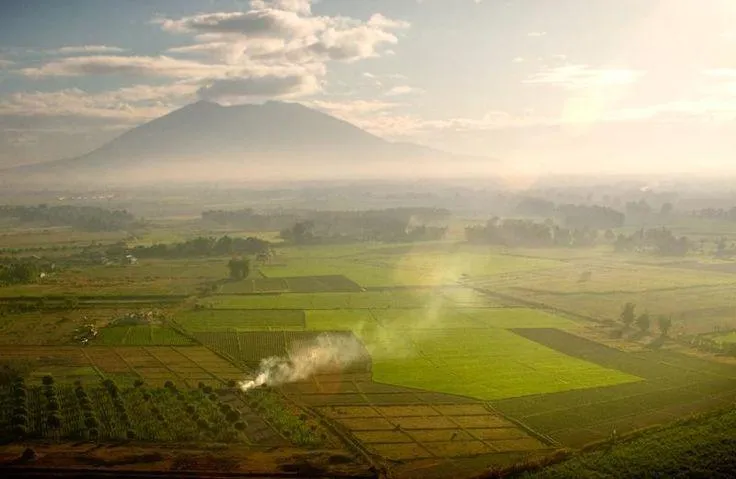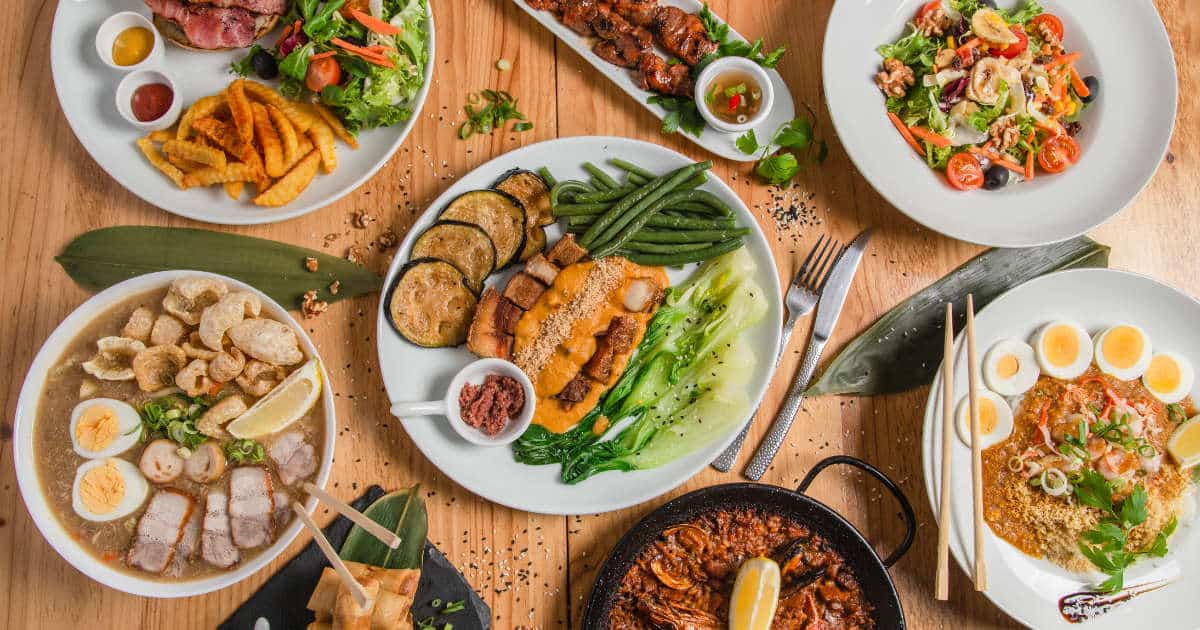
Pampanga, Philippines
Discovering Pampanga: The Culinary Capital of the Philippines
Located in the Central Luzon region, Pampanga is a province in the Philippines that has earned its reputation as the "Culinary Capital of the Philippines." Known for its rich history, vibrant culture, and, most famously, its delicious food, Pampanga is a destination that offers a unique blend of tradition and modernity. From mouthwatering dishes to historical landmarks and natural attractions, Pampanga is a province that should be on every traveler’s list.
How to Get to Pampanga
Pampanga is easily accessible from Metro Manila, located just about 80 kilometers north of the capital. You can reach the province by car via the North Luzon Expressway (NLEX), with travel time taking roughly 1.5 to 2 hours. For those opting for public transportation, several bus lines operate direct routes from Manila to Pampanga, particularly to its capital, San Fernando. Once you arrive, Pampanga’s charming towns and cities are ready to greet you with open arms.
Top Attractions in Pampanga
Kampong (Pampanga's Food Scene) Pampanga's rich culinary heritage is a major draw for food lovers. The province boasts a range of dishes that are beloved by locals and visitors alike, some of which have become icons of Filipino cuisine. From sisig (a sizzling dish made from pig’s head and liver) to buro (fermented rice with shrimp paste), Pampanga is the birthplace of many Filipino favorites. Be sure to stop by Apag Marangle and Mimi’s Restaurant in the city of San Fernando to taste authentic Kapampangan delicacies.

Pampanga's Giant Lantern Festival The Giant Lantern Festival, held every December in the city of San Fernando, is one of Pampanga’s most iconic events. Known for its colorful and intricate lanterns, this festival celebrates the creativity and craftsmanship of the Kapampangan people. These lanterns, some as tall as 20 feet, are lit up in a mesmerizing display that draws thousands of visitors annually. The festival showcases the vibrant spirit of Pampanga, making it an unmissable experience for anyone visiting during the Christmas season.

Mount Pinatubo For those who love adventure and nature, Mount Pinatubo is a must-visit. This active volcano, which famously erupted in 1991, is now a popular trekking destination. Visitors can hike through scenic trails and witness the beauty of the Pinatubo Crater Lake, formed by the eruption. The turquoise waters of the lake surrounded by volcanic cliffs create an otherworldly scene that is perfect for photography. For a truly memorable experience, you can also take a 4x4 jeep ride through the rugged terrain leading up to the crater.

San Guillermo Church For a touch of history and heritage, visit the San Guillermo Church in Bacolor. This church is known for its unique design, with parts of it buried due to the eruption of Mount Pinatubo. The church’s façade is partly submerged in lahar, a testament to the destructive power of the eruption and the resilience of the local community. The church is not only a place of worship but also an important historical landmark in Pampanga.

Candaba Swamp For nature lovers, Candaba Swamp is a haven for birdwatching. This vast wetland area is home to a wide range of migratory birds, especially during the winter months. Birdwatchers and nature enthusiasts flock to Candaba for the opportunity to see thousands of wild birds, including herons, egrets, and kingfishers. The swamp is a peaceful and beautiful place to explore, especially for those interested in wildlife and photography.
Festivals in Pampanga
Aside from the famous Giant Lantern Festival, Pampanga is home to many other colorful and exciting festivals throughout the year. Here are a few worth noting:
Sinukwan Festival: Held every December in San Fernando, this festival celebrates Pampanga's cultural heritage with a series of street dances, parades, and exhibits. It honors the local diwata (goddess) Sinukwan, from whom the province’s name is believed to have been derived.

Aldo ning Kapampangan: This annual celebration, held in March, is a fiesta that showcases the province’s vibrant traditions and rich culture. It features traditional dances, music, and various cultural presentations.
Balen Festival: A festival held in the town of Balanga, Pampanga, this celebration honors the town’s patron saint, St. Joseph, with a mix of street dancing, parades, and religious ceremonies.
Food to Try in Pampanga
No visit to Pampanga would be complete without indulging in its world-famous food scene. Here are some local dishes you must try:
Sisig: Perhaps the most famous dish from Pampanga, sisig is a sizzling platter of chopped pork (usually from the head) served with onions, chili, and sometimes a raw egg. It’s a beloved Filipino dish that perfectly blends savory, spicy, and tangy flavors.

Pindang Babi: A Kapampangan take on cured pork, pindang babi is a sweet and salty dish that’s typically served with rice and vinegar.
Bringhe: A local version of paella, bringhe is a savory rice dish cooked with chicken, pork, vegetables, and saffron, giving it a rich flavor and beautiful golden color.
Tocino: Pampanga is also known for its delicious sweet cured pork, or tocino. Often served for breakfast with garlic rice and a fried egg, tocino is a favorite morning dish.
Buro: This fermented rice dish, often paired with shrimp paste, is a delicacy in Pampanga. It has a distinctive strong flavor that pairs well with fish or grilled meat.
Betute: A Kapampangan specialty, betute is a stuffed frog dish, filled with ground pork, and deep-fried to perfection. It’s an exotic treat that locals cherish.
Best Time to Visit Pampanga
Pampanga is an all-year-round destination, but the best time to visit depends on your interests. If you want to experience the lively festivals, visiting during December for the Giant Lantern Festival or March for Aldo ning Kapampangan is ideal. The dry months from December to April are also the best time for outdoor activities like trekking and visiting nature parks.
Where to Stay in Pampanga
From luxurious hotels in Clark to budget-friendly inns and resorts, Pampanga offers a wide variety of accommodations to suit different preferences and budgets. Many hotels are located near popular attractions like the Clark Freeport Zone and the City of San Fernando, making it convenient for tourists to explore the area.
Conclusion
Pampanga is a province that offers a little bit of everything—history, culture, nature, and most notably, a rich culinary tradition that has put it on the map as the “Culinary Capital of the Philippines.” Whether you’re a foodie looking to indulge in authentic Filipino dishes, an adventurer seeking to explore the great outdoors, or a culture enthusiast interested in the province’s fascinating history, Pampanga is a destination that will surely captivate and delight.